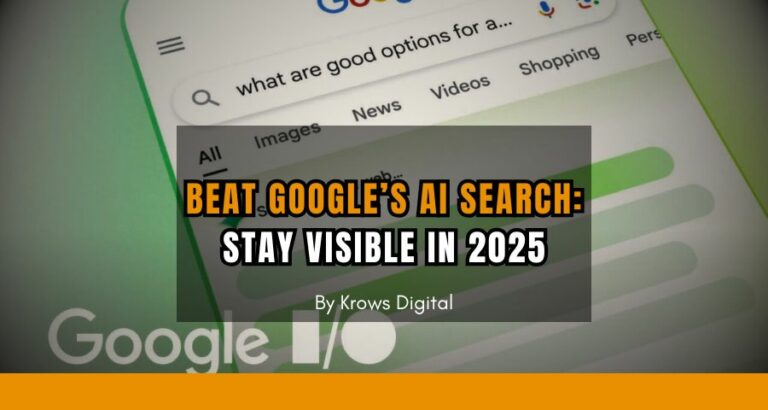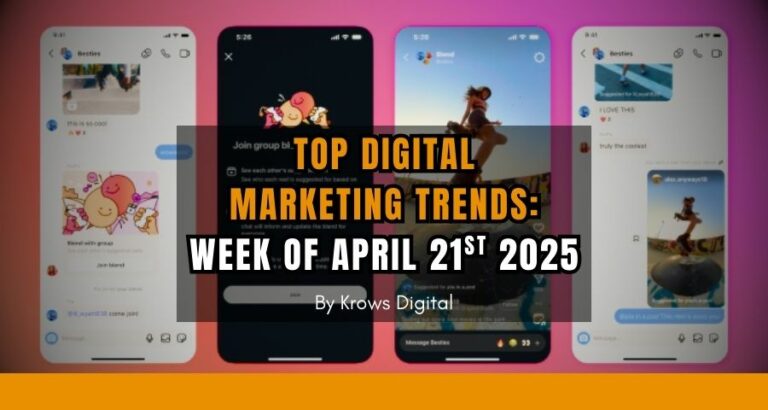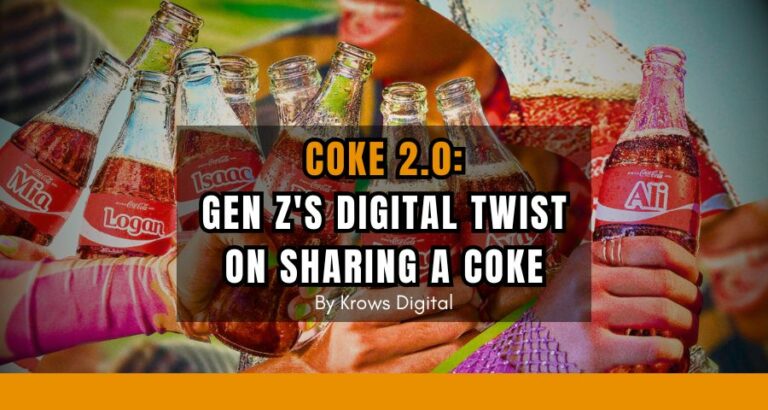Let's talk about Guerilla Marketing today and what better example can we find than the king of energy drinks: Red Bull!
I'll be surprised if you never heard of them, literally Red Bull is everywhere:
- Extreme sports events
- Concerts
- Races
- Competitions (they even created some)
It is hard to not see them but have you ever wondered why a drink company focuses its marketing efforts on events more than on promoting its unique taste or the benefits (...) of the taurine, which is one of the main ingredients of this drink?
Well, you will understand when we define the audience and the brand identity of Red Bull.
What is Red Bull?

Red Bull is an American... ha nope! As it may surprise you, Red Bull is an Austrian brand created by Red Bull GmbH in 1987.
In the early 1980s, Dietrich Mateschitz, while he visited Thailand (he was working in sales for the German brand Blendax), heard about an “energy tonic” that supposedly kept people alert and awake. He cooperated with a local small pharmacist, Chaleo Yoovidhya, to develop a unique recipe. After 3 years of hard work, Red Bull was created.
As there was no demand in the market (quite normal if there is no other product like yours...), the first reactions were not pretty good but they persevered.
Even though some of the first reactions were discouraging, as the general belief was there was no demand in the market for such a product (of course there wasn’t, since there was no such a product), they persevered.
Nowadays, Red Bull has the highest market share of energy drinks worldwide!
Let's see quickly who is Red Bull's target audience and how they converted them into clients!
Red Bull’s Targeted Audience
How to dominate a market? Create one that doesn't exist.
This is what we call the Blue Ocean Strategy (we will talk about it in a future marketing case study about Nintendo...).
Their target audience is:
- within 16 and 30 years old;
- both males and females (even though it was more popular at the beginning with males)
- Income: High
- Occupation: From students to senior professionals
- Personality: Ambitious
- Benefits Sought from the drink: enhanced performance, sense of belonging (you will see why just after)
You have the target audience in mind, now let's see how they became big by focusing on this target audience!
Red Bull & the Guerilla Marketing

So, you are a newly created company with a unique drink but not enough budget for traditional marketing. The best answer Red Bull found was to do Guerilla Marketing.
Red Bull has set their target audience as young active people with a certain amount of income so instead of making them come to the brand, the brand went to them!
What Red Bull did was go to college parties, libraries, nightclubs, concerts, etc everywhere their target audience liked to hang out.
Then, they gave free samples of the Red Bull drink to everyone.
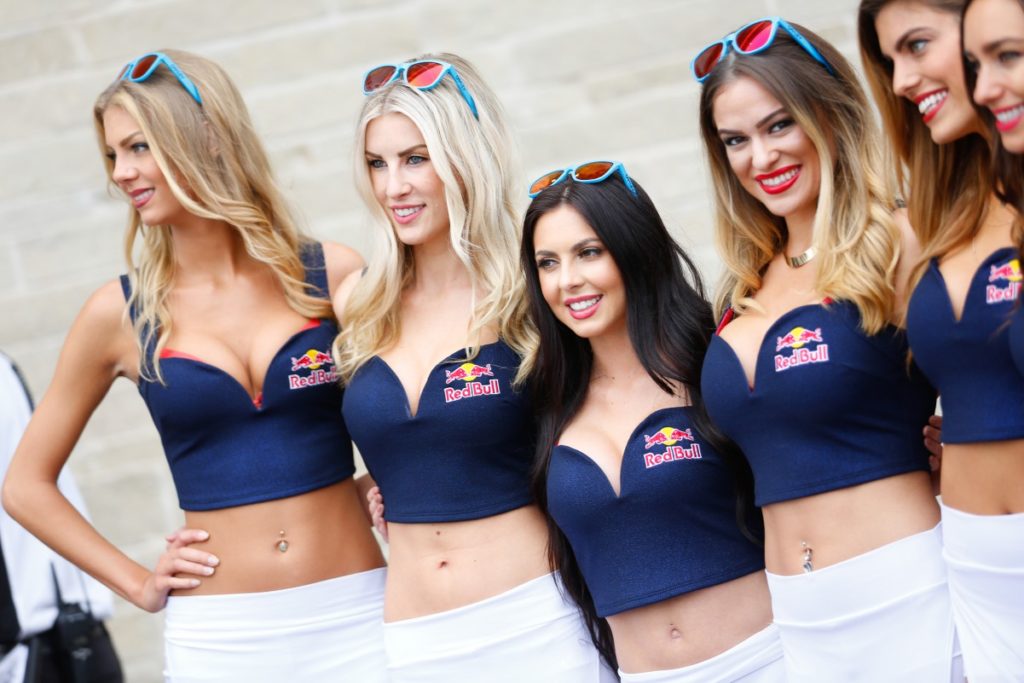
Guerilla Marketing Part 2: Word of Mouth
The first step of this Guerilla Marketing strategy is to get your product in the consumer's hands.
The second step is coming straight from the first step, people start talking about your product for free, which is what we call Word of Mouth.
Your brand will be pushed in front of other potential customers by the first ones you have convinced.
Next Step: Brand Definition
Now that Red Bull got its original recognition, it is time for the brand to step up its strategy.
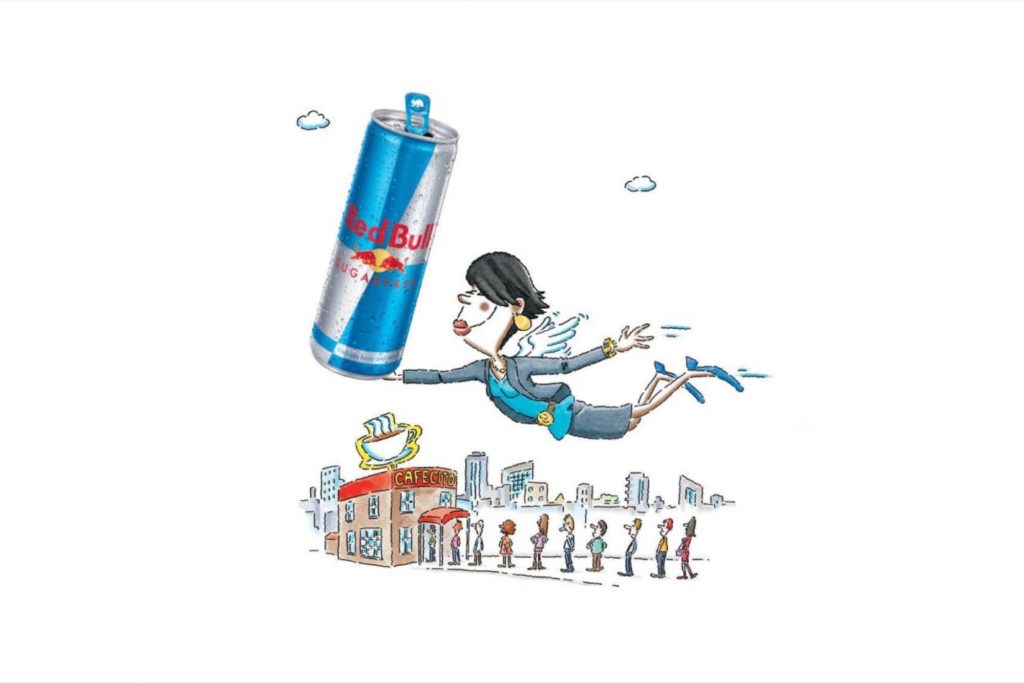
"Red Bull gives you wings."
Since the late 90s and up to now, Red Bull started sponsoring events, concerts, and tournaments, and even created its in-house events!
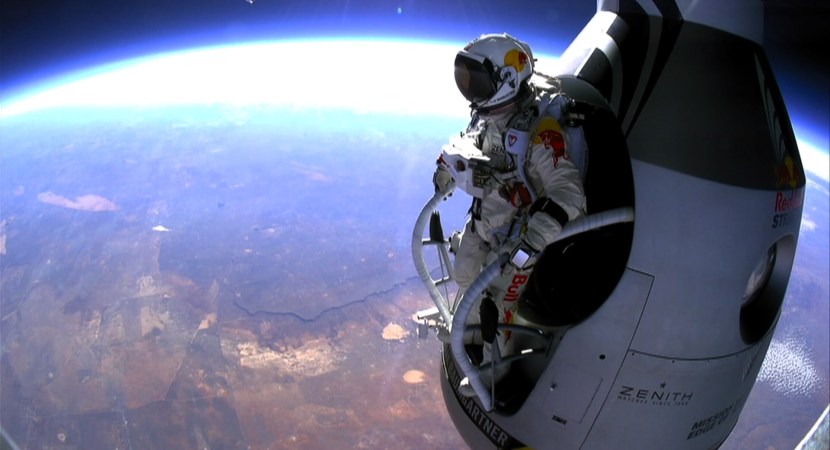
You probably have already wondered why RedBull promotes extreme sports, concerts, and other "lively" events like the stratospheric jump from Felix Baumgartner in 2012.
The answer is based on what the target audience is: people seeking to be part of something bigger. The sense of belonging is getting triggered here.
Red Bull wanted to become the cool brand for people living their lives to the fullest.
More than the taste and the free samples from the beginning, now Red Bull's target audience seeks the drink to be part of this group of cool people partying, enjoying breaking world records, etc.
You will always convince more people to get your product if you can make them feel different.
What Is To Be Learned Here
Let's make a quick note of what needs to be done:
- The audience first, product second: if you pay attention, Red Bull rarely promotes directly their product. They are selling their brand by not being pushy.
Their main focus is on the audience's enjoyment, these same people will connect, by themselves, enjoyment with Red Bull. - Be where your target audience is: as we said previously, define your audience and understand where they like to hang out or be. By sponsoring events like the music festival Coachella, your brand will be the closest place to your target audience.
Another example of a brand being closed to its target audience comes from the Daniel Wellington Influencer Marketing strategy. - Grow one step after another: as you read, Red Bull started offering free samples of their drink with a limited budget. They didn't promote big events from the start. Be aware of what you can and what you can't. Expect the best results but be prepared for more realistic outcomes! It took time for this brand to grow the way they are now.
Don't be afraid to not have the power of Red Bull as Rome has not been built in a day. Define your desired target audience and how you can make them feel better about themselves or about something they enjoy. When you do, figure out efficient ways to get them interested in your brand.
Remember that Red Bull started with the Guerilla Marketing strategy when they had a limited ad budget, yet they still use it nowadays as it has strong performance for them.
Also, it's important to understand that the added value you provide can be more powerful than the product itself! Many people will not tell the difference between a Red Bull drink and another energy drink but they feel engaged with Red Bull because of the lifestyle and the excitement the brand conveys.
See you soon for another marketing article!

Good marketing,
KD Team

